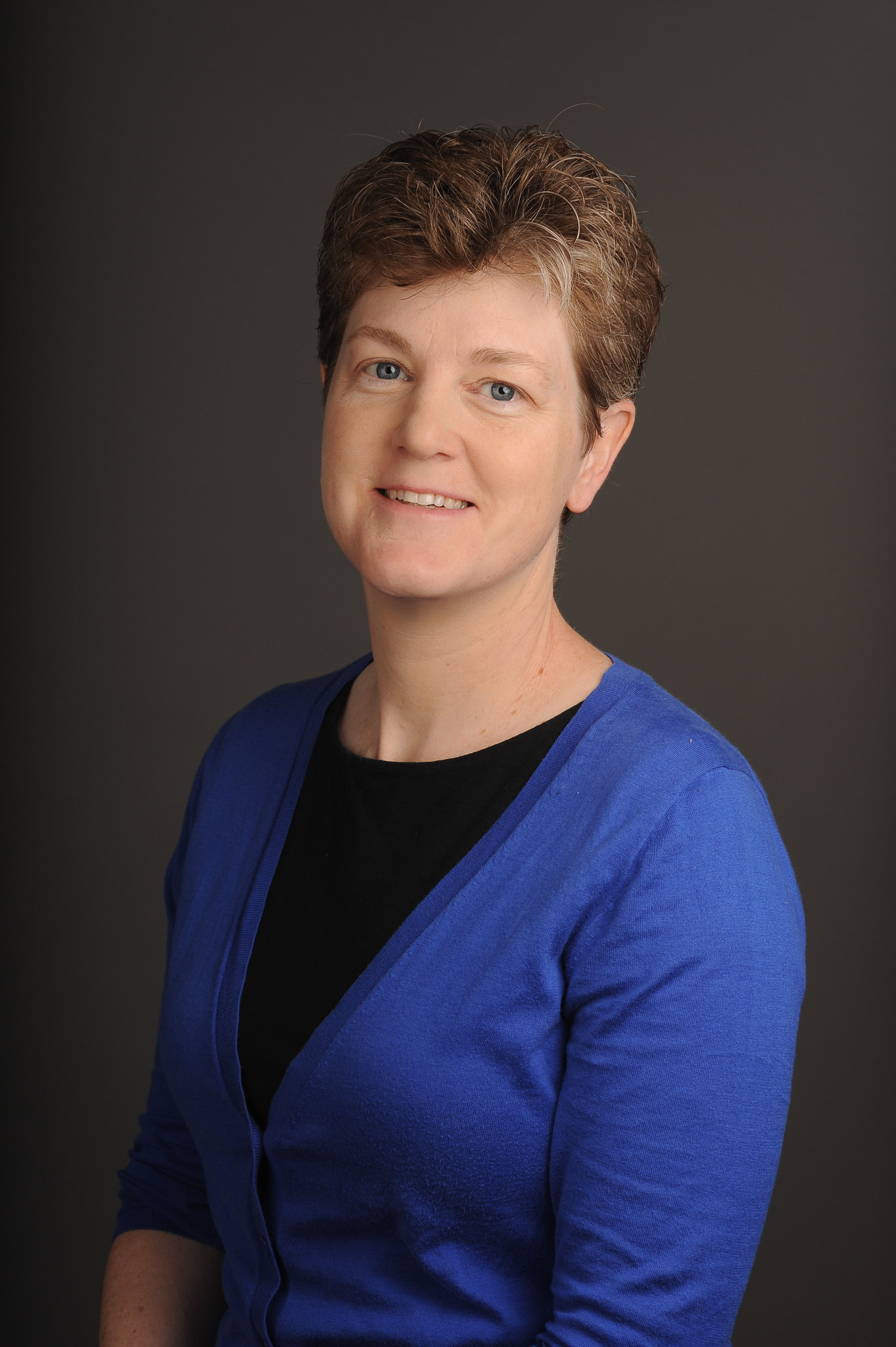On December 1, 2022, Ann Senghas, professor of psychology and director of the Language Acquisition and Development Laboratory at Barnard College, published a new co-authored study in the journal Cognition, “Potentially recursive structures emerge quickly when a new language community forms.” The paper examines the early development and evolution of Nicaraguan Sign Language (LSN), focusing specifically on the emergence of recursive structures. Linguistic recursion refers to the repeated and sequential use of particular elements — such as noun phrases within noun phrases, clauses within clauses, or combinations of the two. Since recursive embedding is what enables the formation of long and complex sentences, it’s been argued that recursion is the central feature that defines human language. Without recursive structures, one couldn’t communicate even relatively simple ideas — as in this nursery rhyme: “This is the dog that worried the cat that killed the rat that ate the malt that lay in the house that Jack built.”
Senghas began collaborating with her co-author Annemarie Kocab when Kocab was a researcher in her laboratory at Barnard, and they carried out the majority of the work for this project, which uses LSN to explore the origins of recursive structures, when Senghas was a Radcliffe Fellow and served on Kocab’s Ph.D. dissertation committee. The research was also supported by a grant from the NIH and a recent Fulbright Scholarship at McGill University.
LSN is unique because it did not derive from any other existing language and emerged only 40 years ago. By focusing on how four groups — homesigners, who represent the origin point of the language, and the first three generations of LSN signers, who represent the consecutive stages in the language’s development — use LSN, Senghas and her colleagues discovered that potentially recursive syntactic embedding can emerge very early in a language, but the use in homesign systems may not be widespread.
Listen to Senghas discuss the emergence and evolution of Nicaraguan Sign Language in this video.
